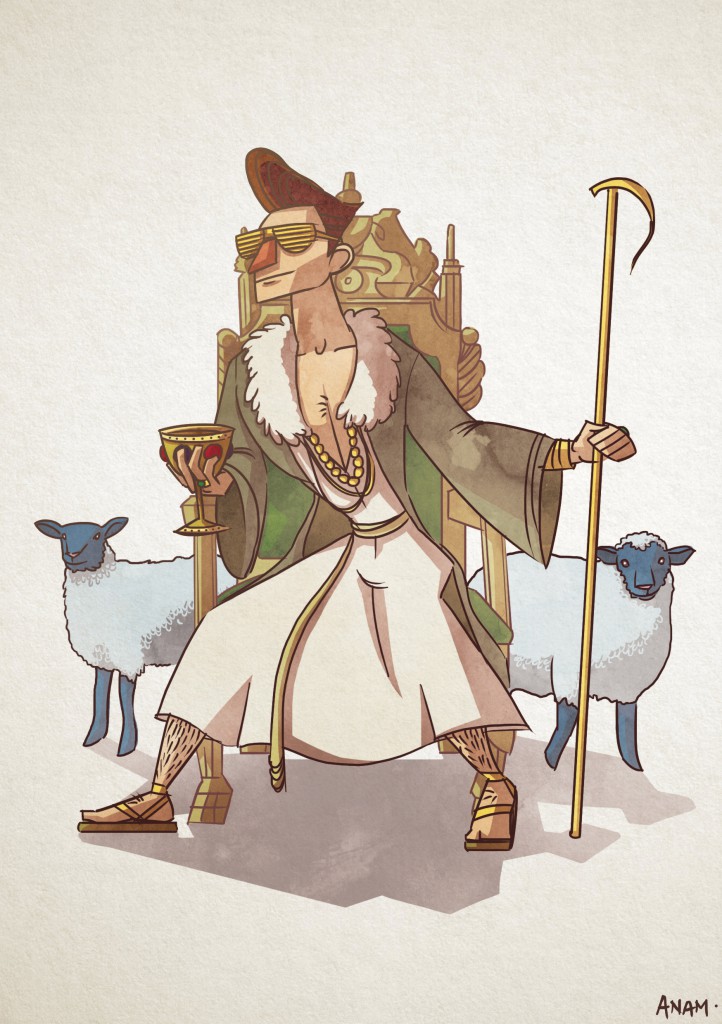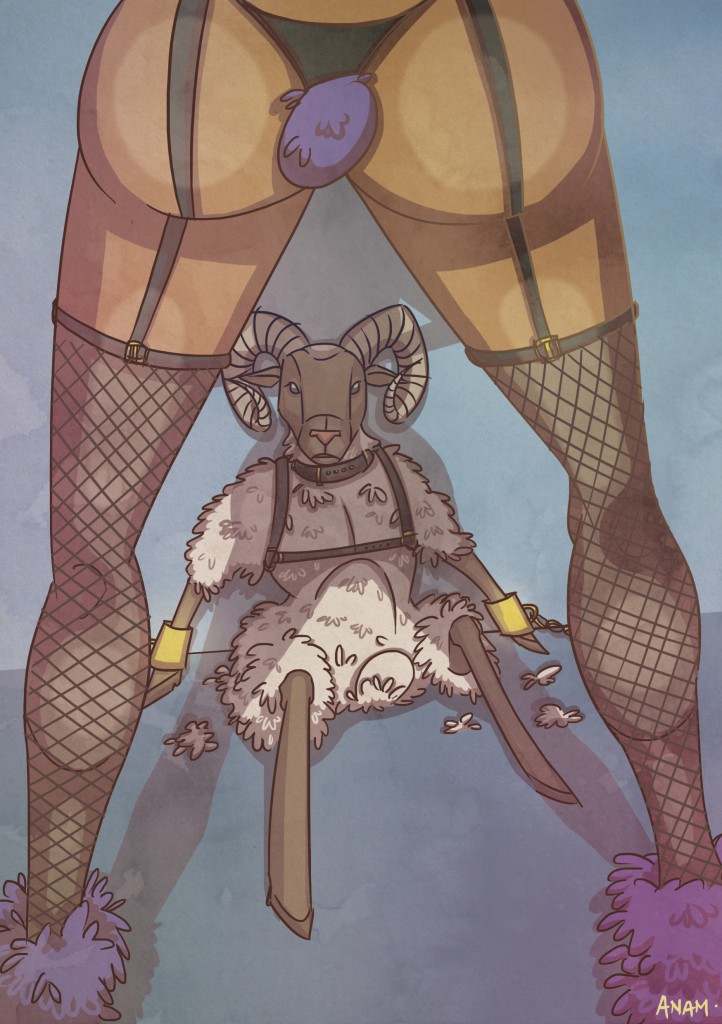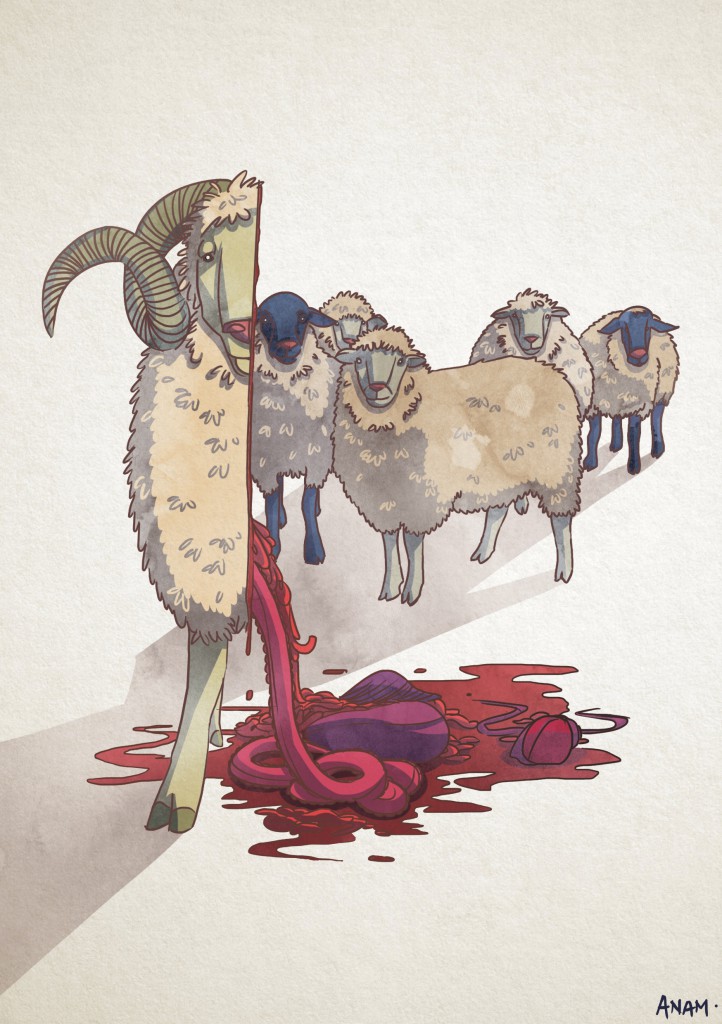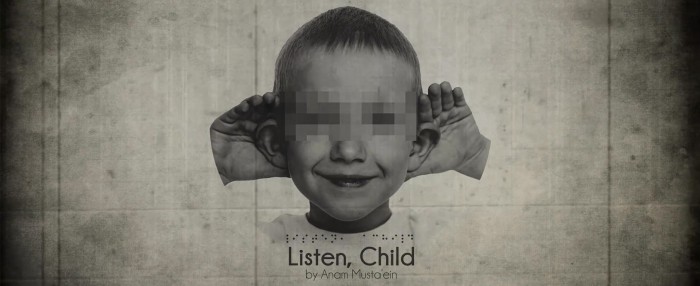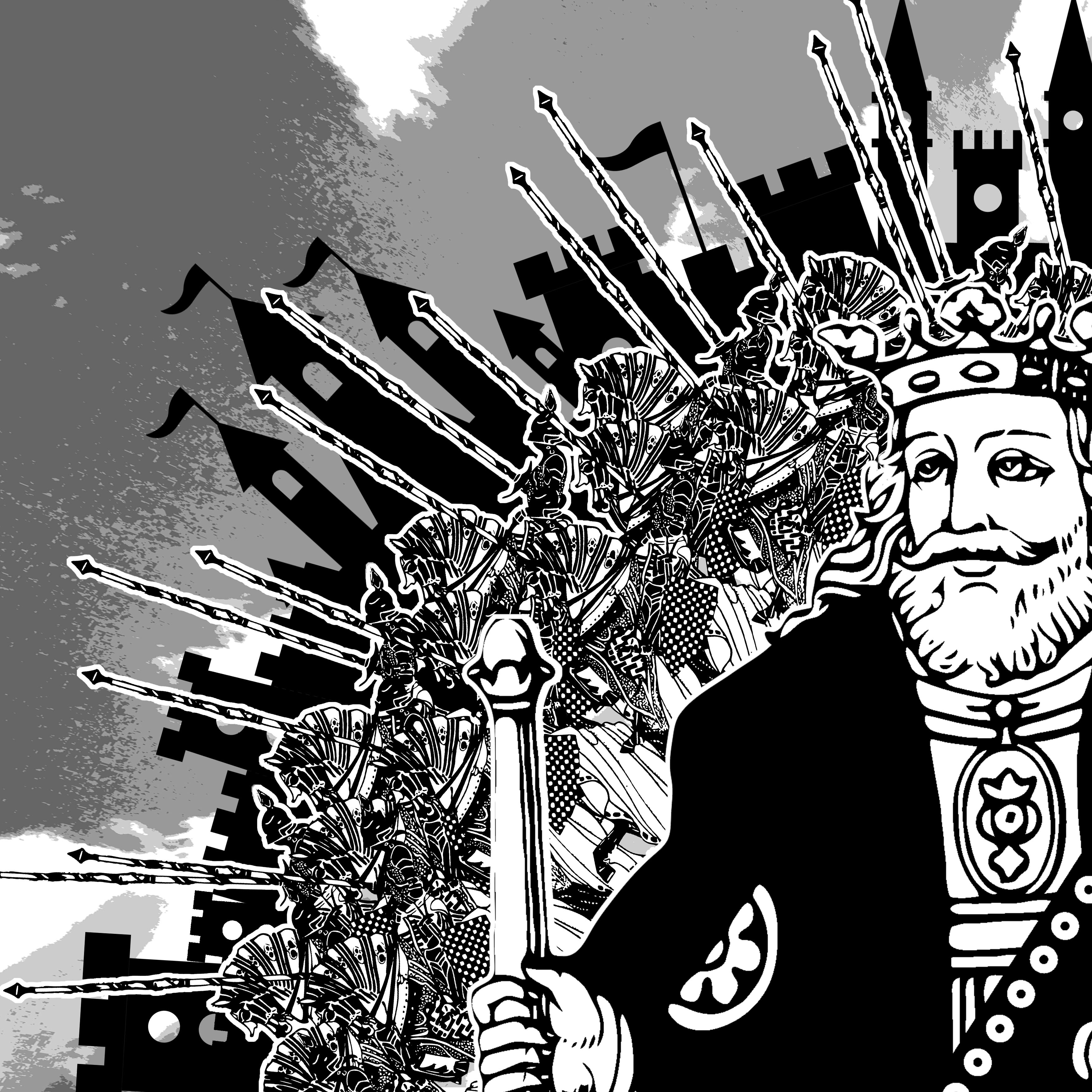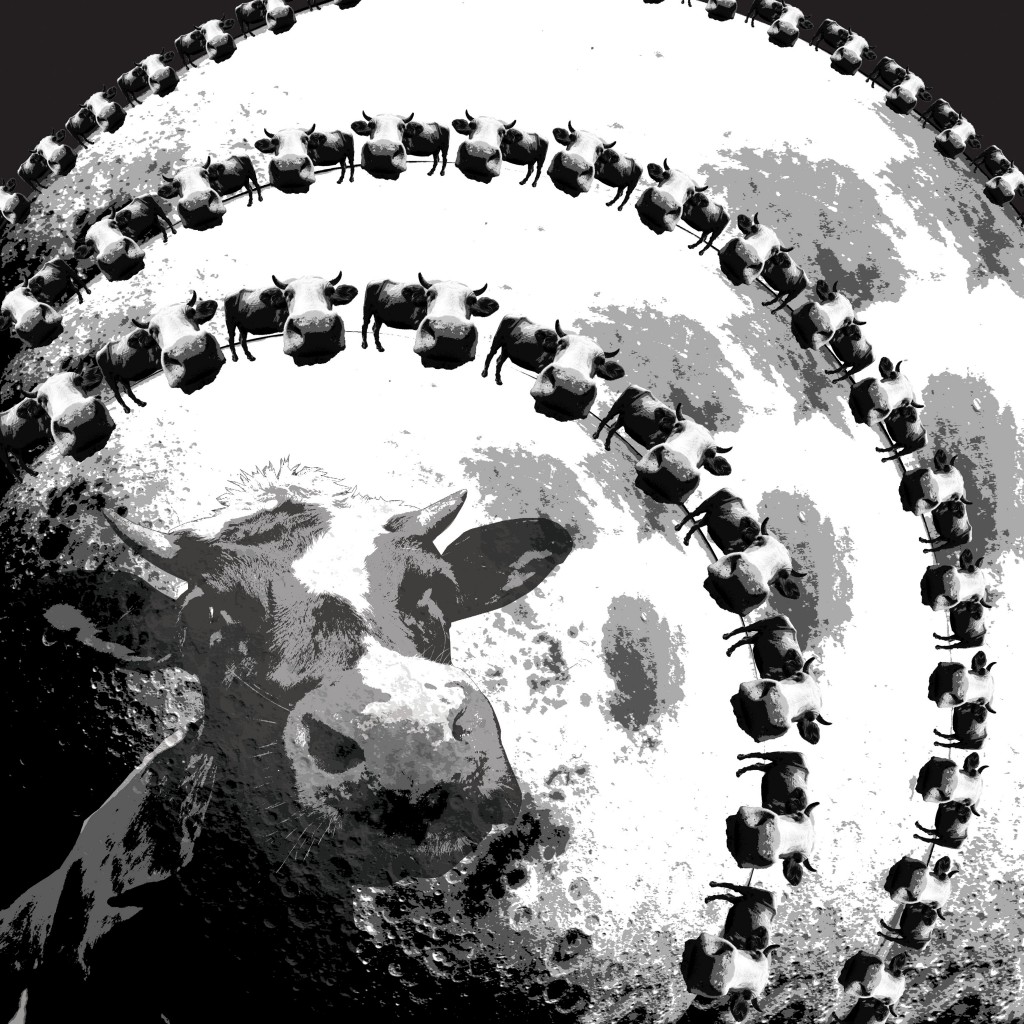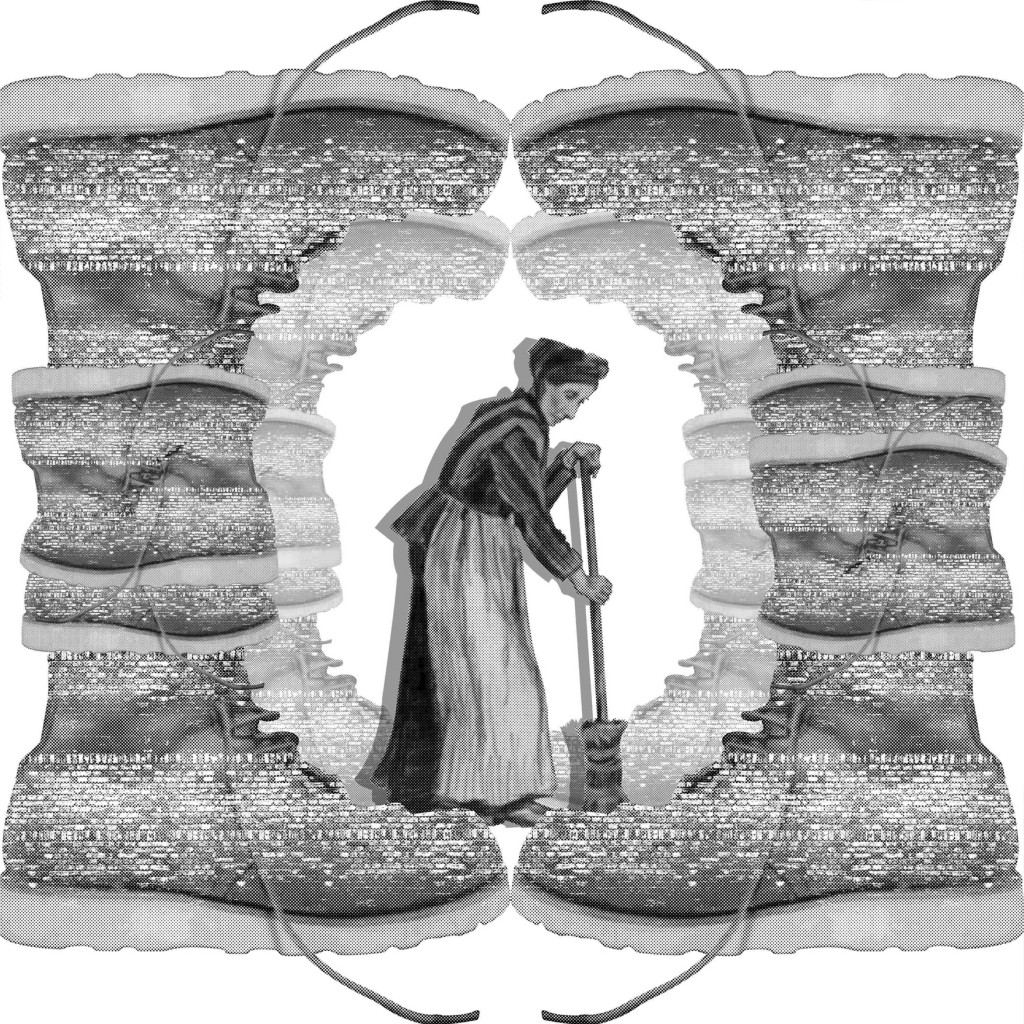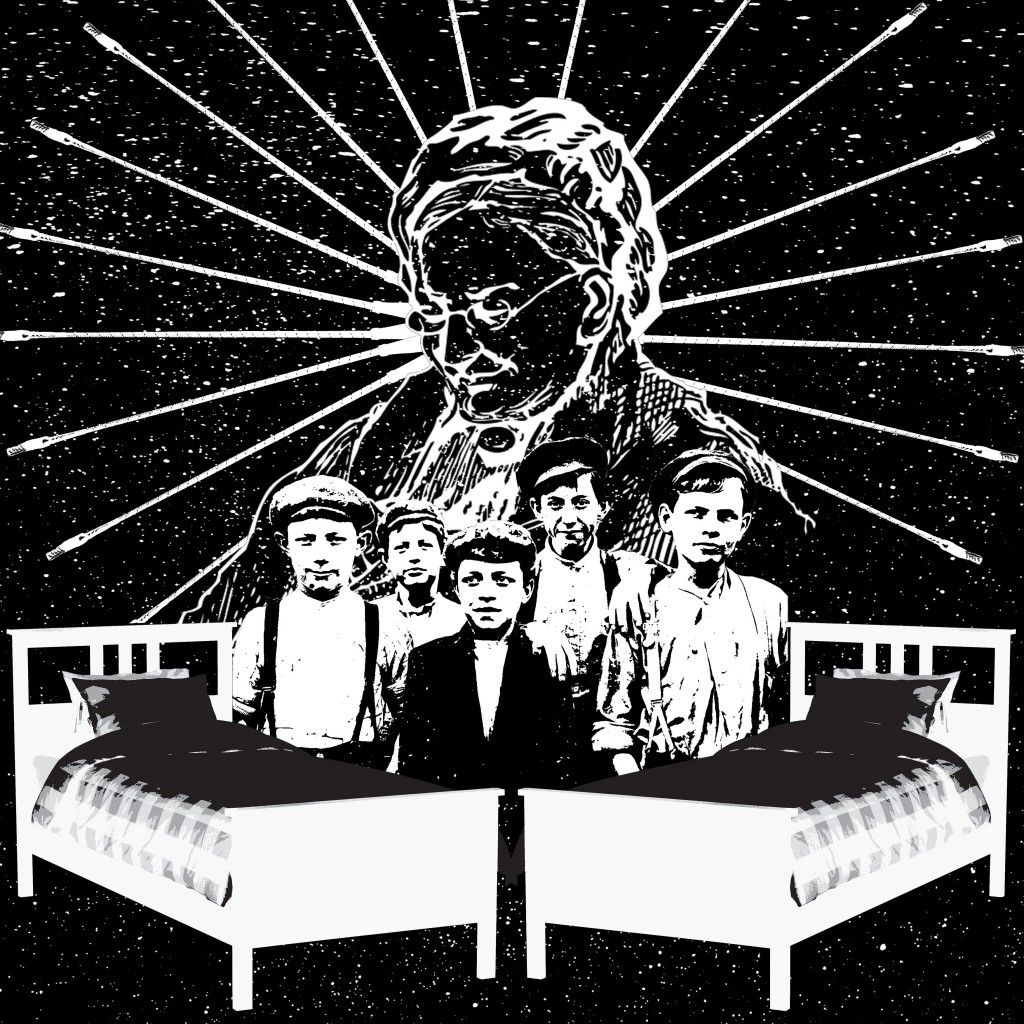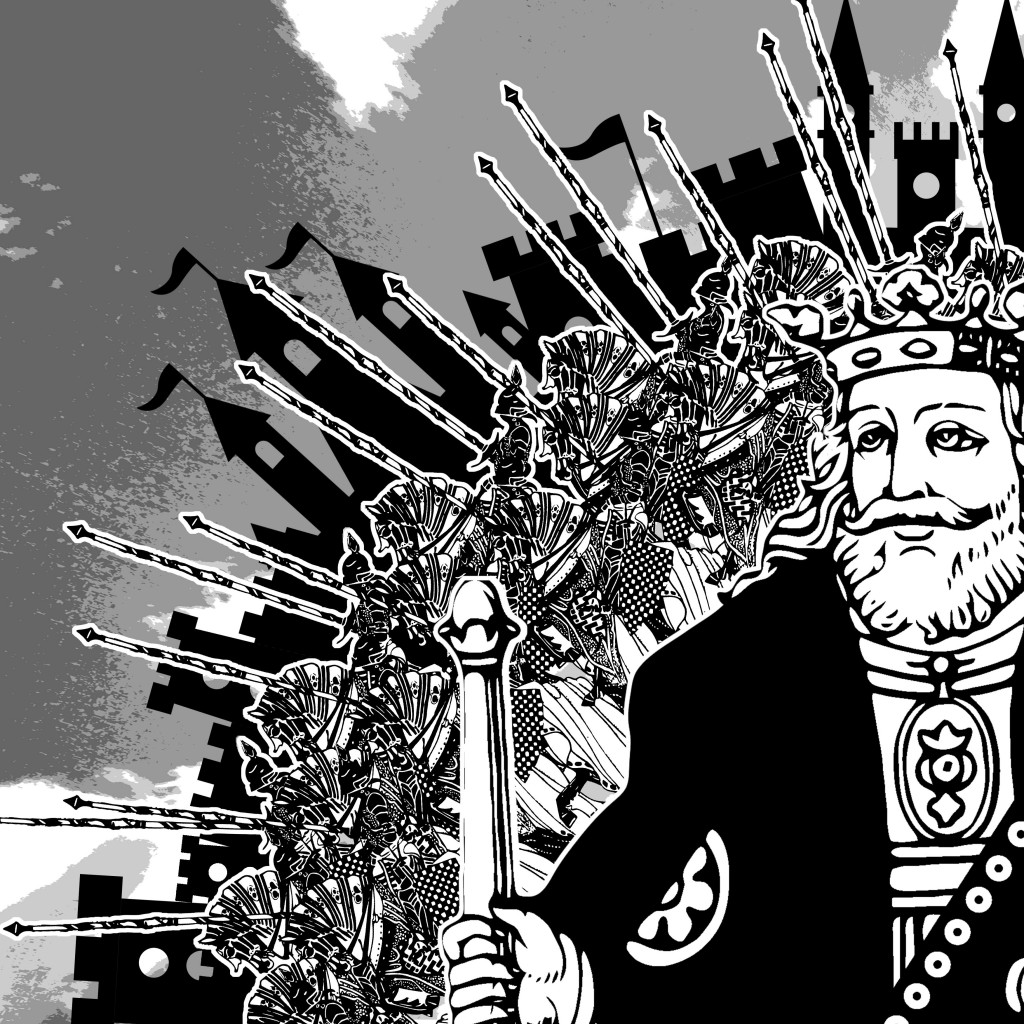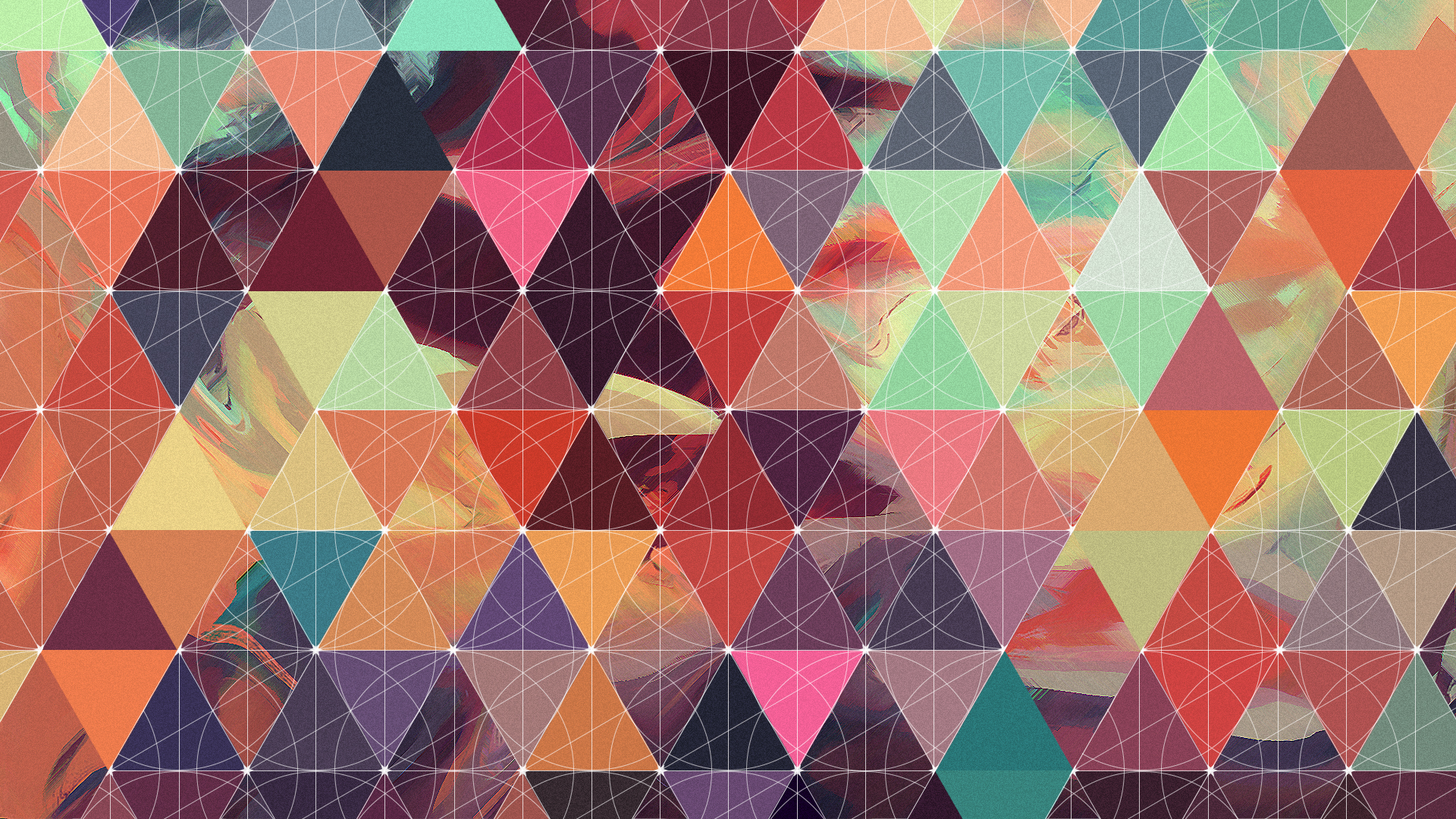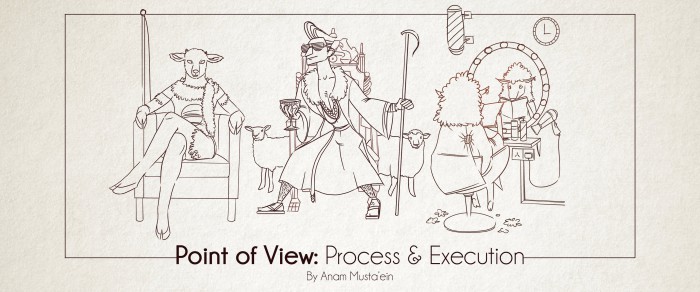
After studying the works of Fran Krause, Alexandra Ball and Andreas Besser, I tried to fuse their styles together and incorporate that into my existing style. What I tried to achieve over the process of my work was a style with clean line work (varying in thickness and swiftness), a misty and grungy look in terms of color and texture, as well as a painterly finish in all my illustrations.
These artists all have one thing in common – they all did illustrations for children’s books. And I guess that is what my style is more appropriate for. Coming back to the point that the sheep is associated with child-like characteristics, it is obvious as to how I would like to execute my final images. However, due to the mature content of my POV ideas, it creates humor and irony as the style clashes with the message. And I guess that is the very factor that makes my artwork for this project more interesting.
Sketches:
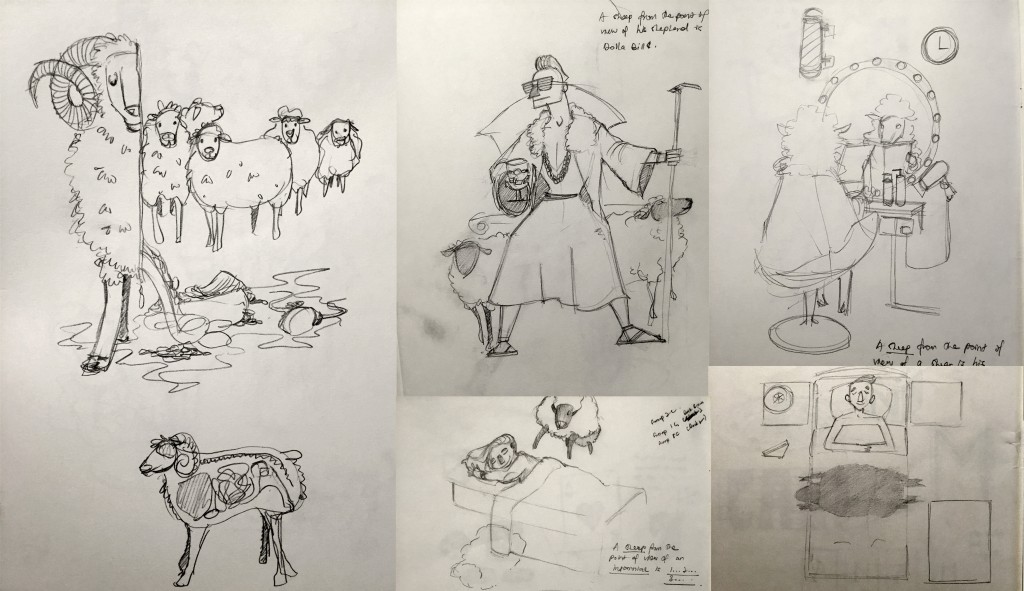
I started out with basic sketches in my sketchbook. With the POVs finalized, I had a clear idea of what objects I would like to feature in each and every image. There were drafts that were scrapped and there were some which were scanned, traced over in Photoshop, and further developed.
Below are all breakdowns of how the final look of the image is achieved. For almost all of the POVs, I started out with a basic sketch eventually turned into a cleaner and more refined line work, before adding the basic colors in and eventually visually enhanced with light, shadow, texture, and gradient.
The painterly effect was achieved by overlaying a mono-toned water color layer over the refined image. This gave the illusion of the illustrations being hand-painted instead of being digitally-drawn. This effect gave the illustrations a dark, comical and yet demented look due to the grungy texture of the paint blobs.
1. The Insomniac:
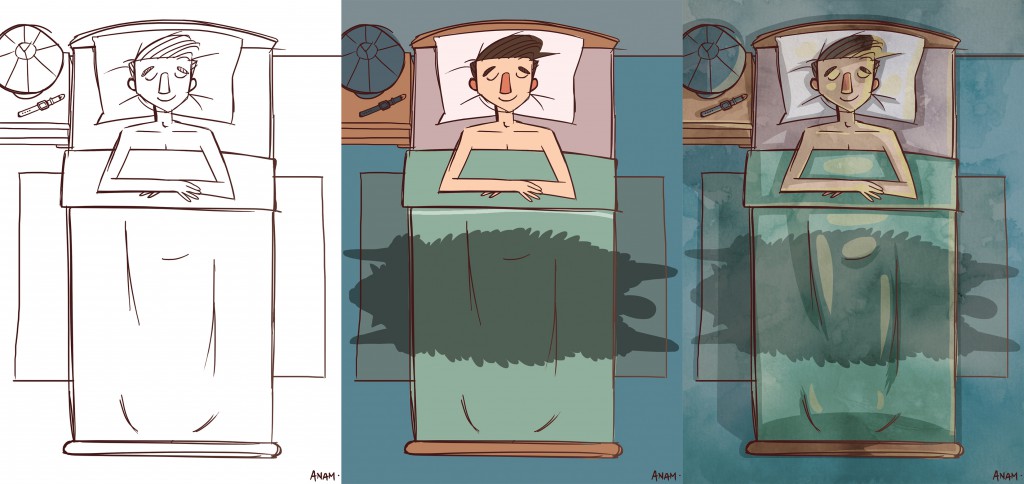
“The sheep in the POV of an insomniac is 1…2…3…”
Initially, I was thinking of portraying the insomniac through the cross-section of his bedroom with the sheep featured in it. But I decided that it would be better if the sheep was depicted as a play of the insomniac’s imagination. Therefore, only the sheep’s shadow is seen as it leaps over the insomniac’s bed. It is a bird’s eye view of the insomniac’s room creating a more axial composition. Cool colors were used with a hint of orange to give balance to the composition.
2. The Shepherd:
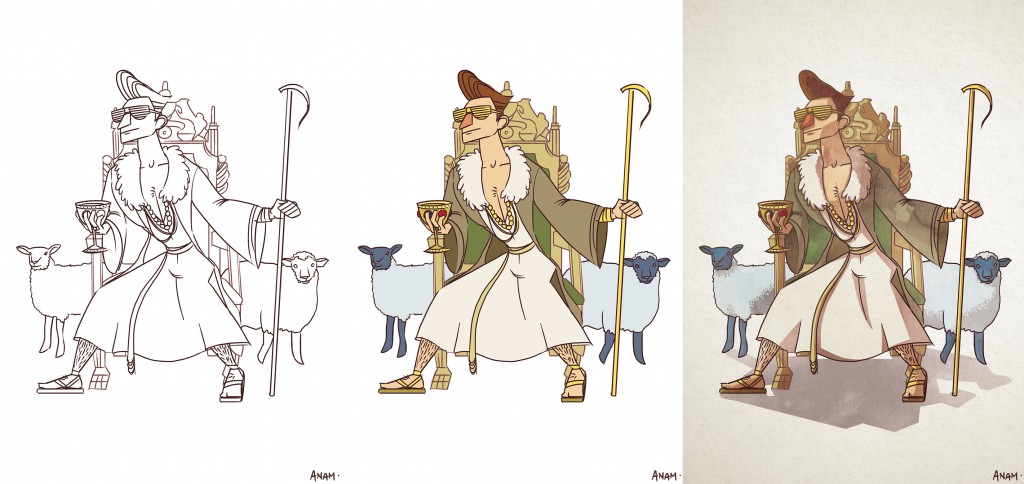
“The sheep from the POV of a shepherd iz dolla bill$!”
This is a play with words where pop culture has influenced the terminologies that replaced money and wealth. Since the shepherd is often referred from biblical times, I have decided to modernize it and give him gold shutter shades, gold chains, bling-blings, a throne, a bejeweled chalice and a golden cane. The sheep surrounds him like peasants. And in this arrangement, it created a triangular composition where the shepherd is at the top of the hierarchy. Yellow tones were used on the shepherd to accentuate his wealth and happiness over the sheep.
3. The Shear:

“The sheep from the POV of a shear is his 3 o’clock client.”
As you know, the shear is used to shave the wool off the sheep by farmers. If I were to personify the shear, he would definitely be the barber/hairdresser to the sheep. So in this illustration, I have made the sheep a regular customer of the shear. More vibrant and louder colors were used in this image to display a sense of fab and to create the ambiance of a salon. I have emulated the same type of framing as the one used by Andreas Besser.
4. The Wife:
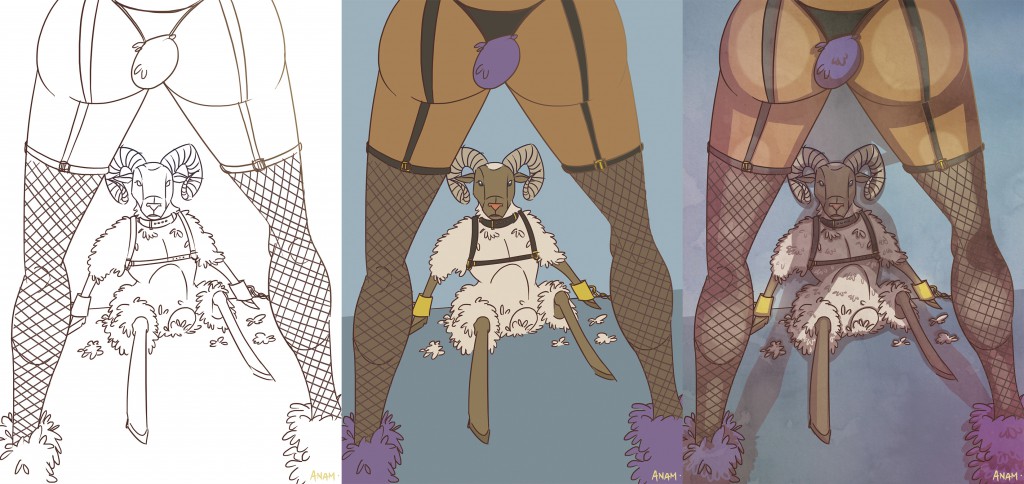
“A sheep from the POV of his wife is a baaad boy!”
This is a pun used to humanize the relationsheep of the sheep and his wife where they get a little bit playful in their private space. There is also pop culture references in this illustration such as the BDSM-ensemble the characters have put on as well as the large behind (excuse my language) of the wife. Purple stands out the most in the image, with mists of pink, to create a more sensual and sultry scene. Dramatic lighting is used to push the shadow casting on and framing the sheep in a triangular composition.
5. Damien Hirst:

“The sheep from the POV of Damien Hirst is half a sheep.”
Damien Hirst is a famous English artist known for dissecting animals and cutting them into half for his displays. Although his artwork are usually seen from the cross section of the animal, I have decided to put the sheep in a different view where you see its organs slipping out of its body. All that happening while his sick sheep-friends watch. I wanted to achieve a gruesome and a slightly deranged humor in this illustration. The shadows of the sheep are placed in a position that creates the illusion of elevation.
6. The Goat:
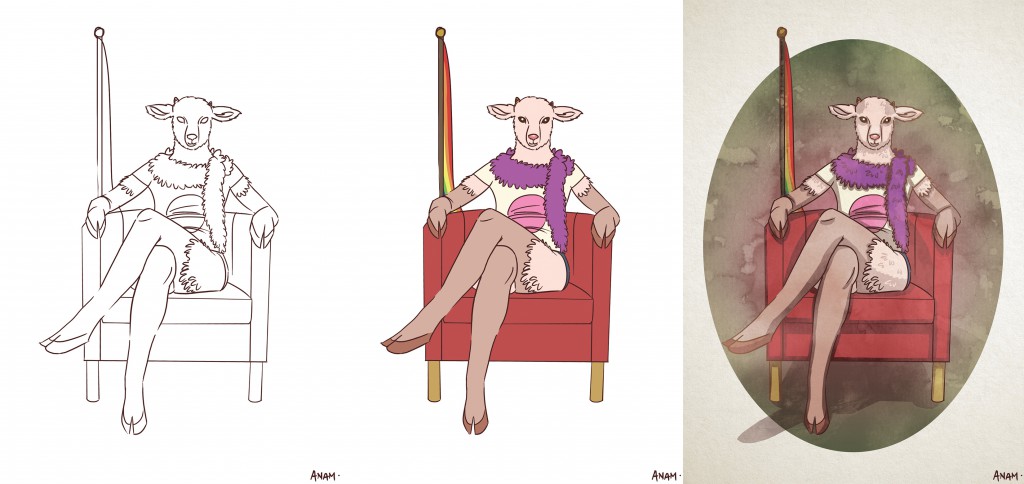
“The sheep from the POV of a goat is her gay best friend.”*
Since the sheep is blessed with the gift of its fleece, I thought that it would be funny if it is compared to the fur of a goat, where it is seemingly non-existent next to the sheep. In a way, it makes the sheep much more fabulous in comparison. And that is why I have associated it with “the gay best friend”. There are also hidden innuendos in the illustration such as the flag and the shirt. The sheep is encapsulated in an egg-frame to show sureness and confidence.
*Disclaimer – No intent in discriminating against any social groups.
Thank you for taking time to check out my work. In case you missed it, do check out my Research and Final Work here.



